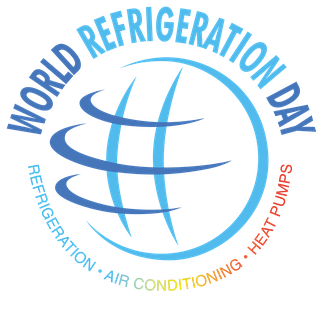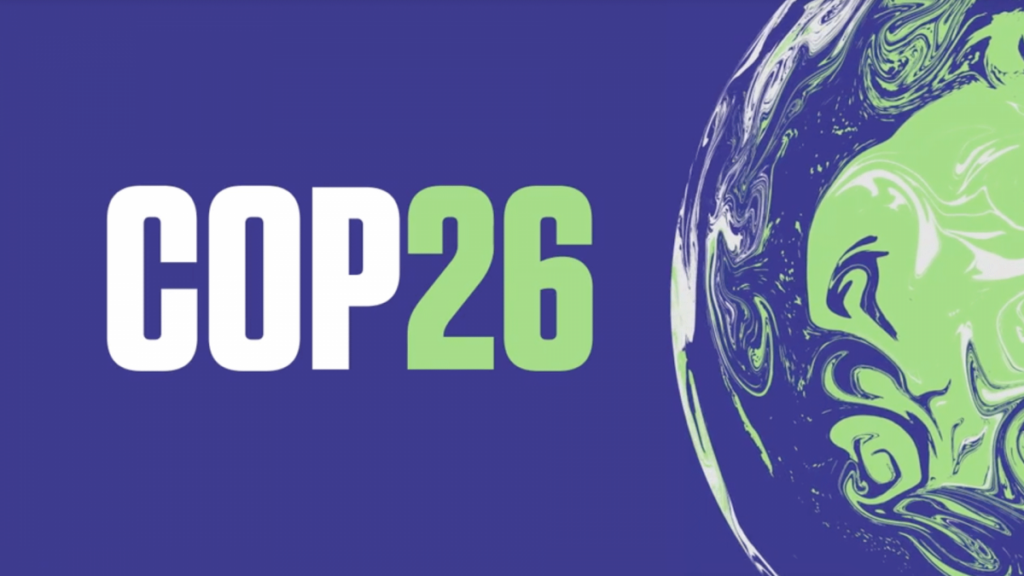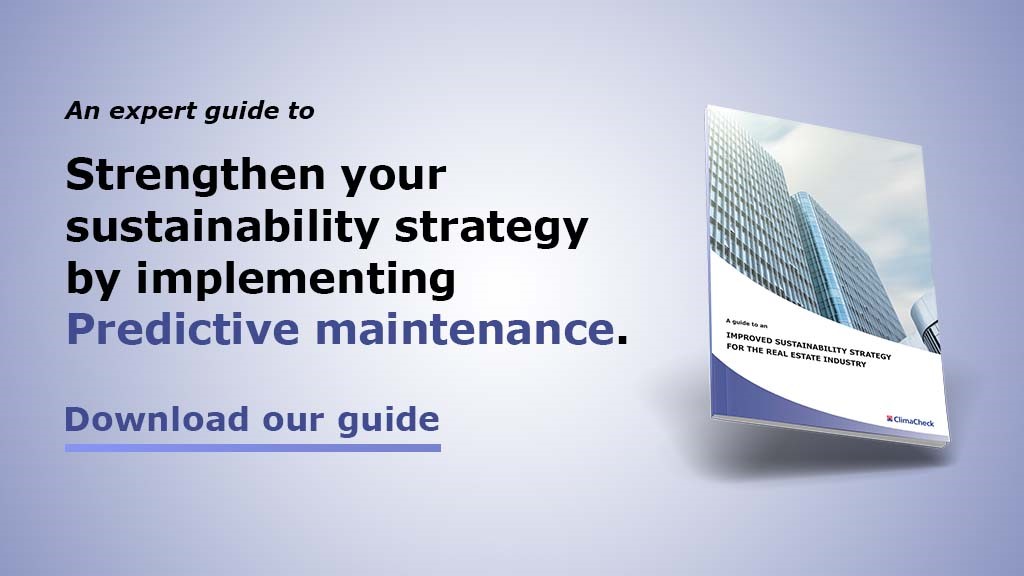How to implement Energy optimisation and Predictive maintenance, to be in line with COP26
In the wake of COP26 some things where clear other wasn’t. However, that the focus on energy efficiency need to increase was clear. Let us inspire you, how to reach new levels of savings with modern methods for energy optimisation and predictive maintenance.
Statement from COP26:
20. Calls upon Parties to accelerate the development, deployment and dissemination of technologies, and the adoption of policies, to transition towards low-emission energy systems, including by rapidly scaling up the deployment of clean power generation and energy efficiency measures, including accelerating efforts towards the phasedown of unabated coal power and phase-out of inefficient fossil fuel subsidies, while providing targeted support to the poorest and most vulnerable in line with national circumstances and recognizing the need for support towards a just transition;
Decision -/CP.26
A challenge – When green energy isn’t enough!
Every day we are contacted by companies that want to save more energy, they are doing a lot of work to be more sustainable and keep up the market expectations. However, they feel like they could do more. Their measures are still based on how easy they are to market and/or understand, not necessarily the most efficient. And now, it is stated that the deployment of energy efficiency measures needs to be scaled up, rapidly!
To do this, it will be necessary to start looking into new areas to implement energy optimisation in the organisation and start to evaluate systems that might have been overlooked.
Have you checked the efficiency of your HVACR-system?
It is a serious question, and a common answer is: yes we bought an efficient unit and we get the right temperature. When there is a problem, we have someone showing up fast to fix the problem.
Actually, this answer indicates two things:
- A very common misconception that the right temperature is a good measure of efficiency, it isn’t!
- There is nothing bad with fast service! However, with modern methods, maintenance does not need to be reactive. Today it is possible to work “predictive” and fix the cause of a breakdown before the breakdown happens.
The first
Right temperature is not a good measure of performance, many HVACR systems are robust units that can deliver what they are supposed to in an inefficient way. We have analysed thousands of systems and we have seen that most systems have a saving potential of 10-30%
The Second
In many industries it is possible to get a service that offers predictive (condition based) maintenance, implemented right this reduces failure and maintenance costs. With modern methods it is possible to utilise on HVACR-systems as well.
How to get there
There are many potential starting points, based on both soft and hard values. We have made a Guide to introduce predictive maintenance in your organisation. So, if you want to learn how you can reduce the number of failures, the energy consumption and strengthen your sustainability strategy you can download the guide here, or contact us directly.
More news
Partner Spotlight: Neena Gill on the Climate Hero Club Podcast
In the episode, Neena shares her ClimaCheck experience and insights on why improving HVACR efficiency is one of the fastest and most cost-effective ways to reduce energy use and emissions.

World Refrigeration Day 2025 – Technology, Climate Action and an Industry Progressing into the Future.
June 26th marks World Refrigeration Day, a day to recognise the technology that enables life as we know it.

Office Hours During Midsummer Celebrations and the Summer
We wish you a joyful Midsummer celebration filled with happiness


